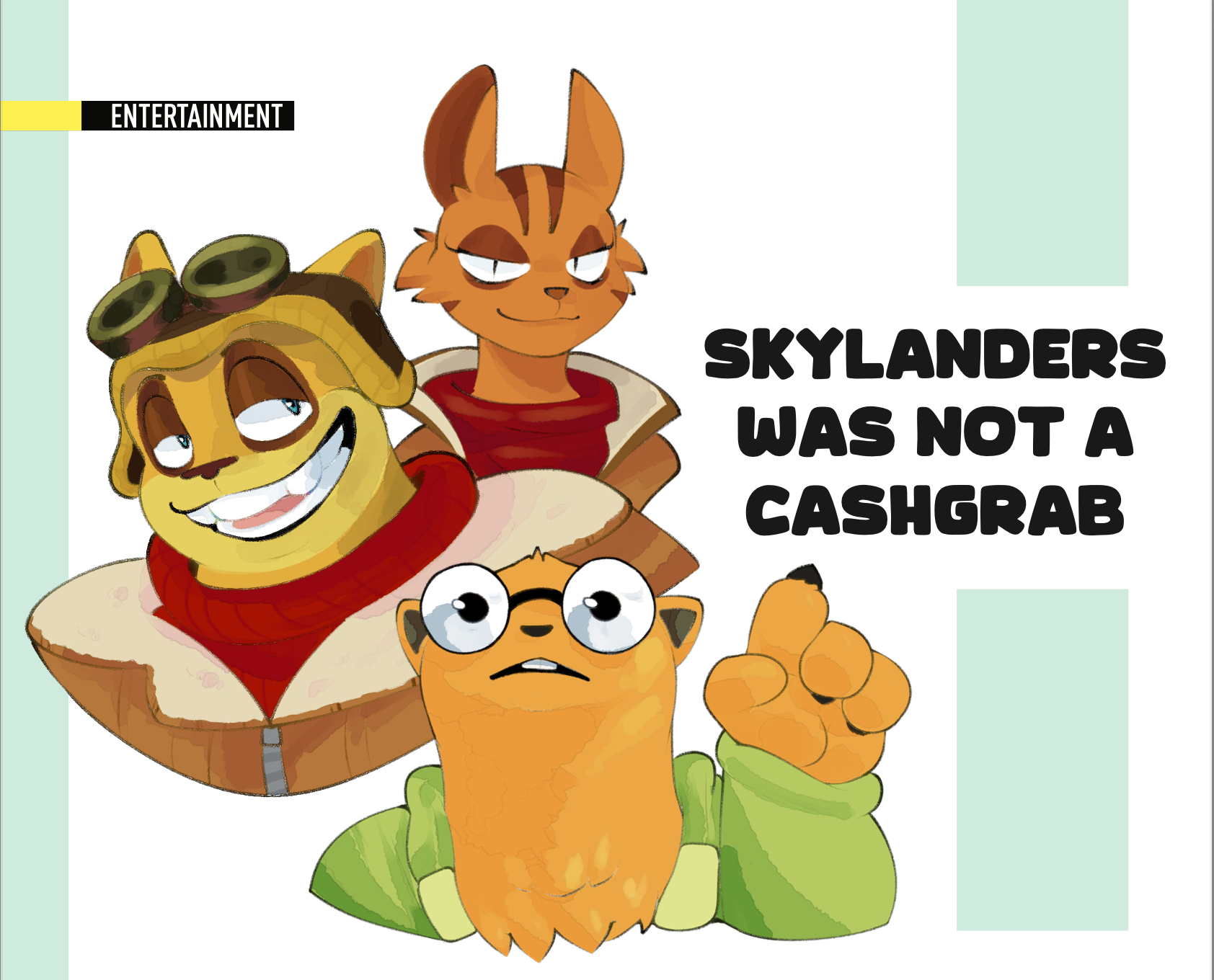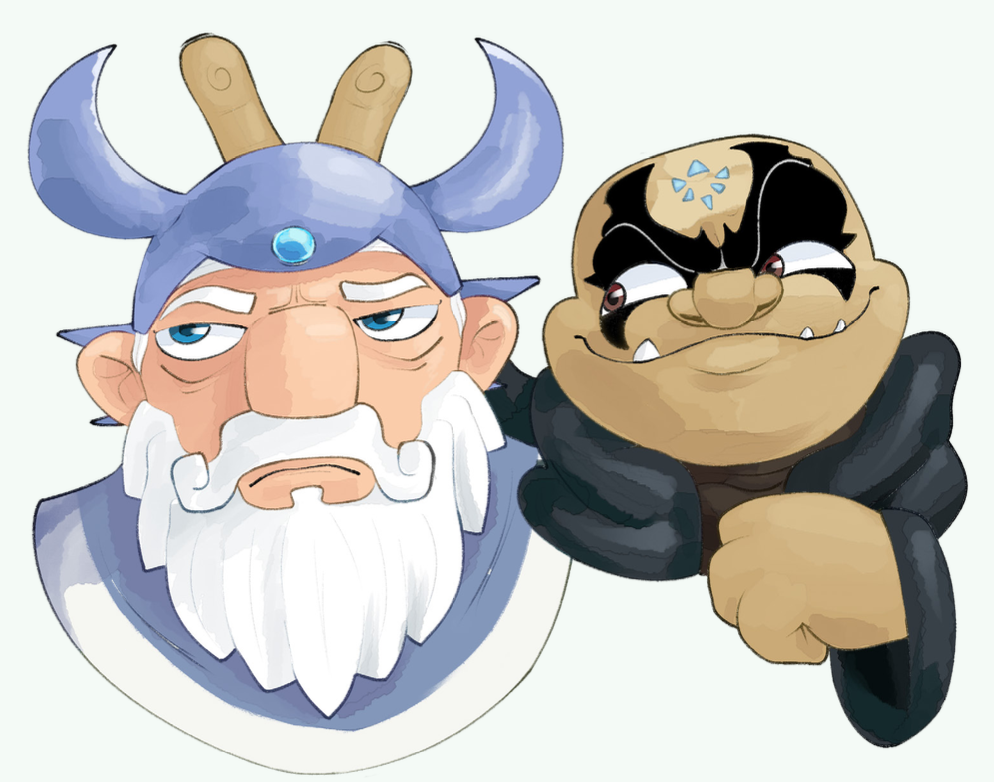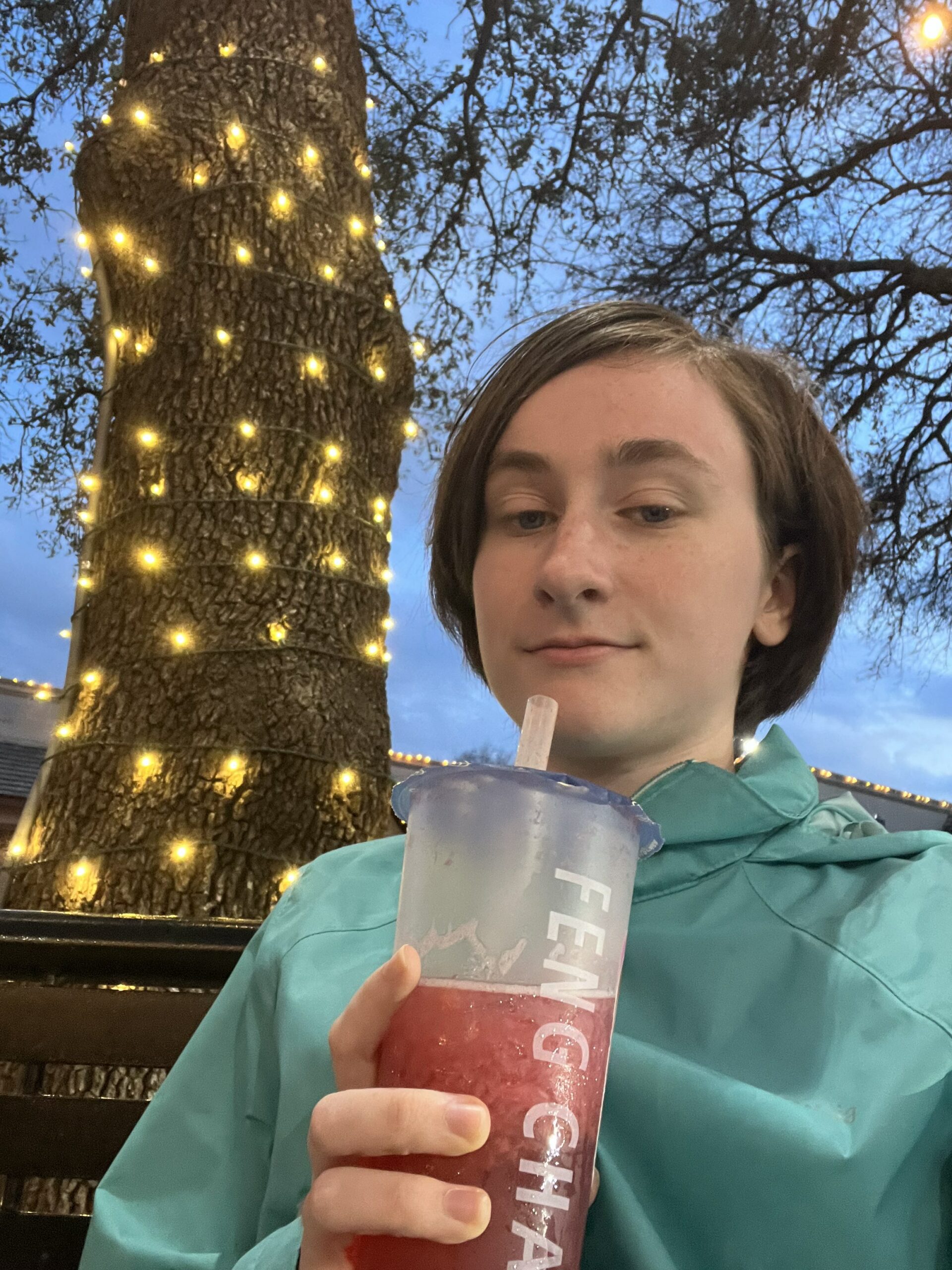
Toys-to-life is a unique video game style where certain gameplay is attached to toys you can buy in a package or separately from the game. When people talk about toys-to-life games, they often refer to them as cash grabs that always end up as failures. Disney Infinity, Lego Dimensions; some people to this day still argue about how useless Amiibos are. The biggest target of this however, is the one that started it all — Skylanders. In the beginning, the game didn’t seem to have a promising start. For one, the first game was titled “Skylanders: Spyro’s Adventure” and was released three years after the last Spyro game at the time (which in of itself, already did poorly). It excited a lot of starved Spyro fans only for them to be disappointed about a game that barely includes Spyro at all. With Skylanders having an unfortunate introduction as a franchise, most people didn’t give the games a chance. It also didn’t help that a lot of people were not on board with the idea of buying toys separately (like trading cards) in order to broaden their gaming experience. However, even though it may not have been the Spyro sequel that fans wanted, these fans and the general public alike missed out on a unique concept and gameplay that promoted people’s imagination while also being a simple but fun game.
With the large variety of Skylanders the franchise had (currently totaling around 175), players had many playable characters to choose from. Unlike other toys-to-life games that had pre-existing characters that most players were familiar with like in Disney Infinity or Lego Dimensions, players got to personify the Skylanders that they got in any way they chose, including customizable clothing options and choosing movesets out of a skill tree. This isn’t even counting Skylanders from Imaginators, which allowed you to create your own Skylander from scratch, or the ones from Swap Force, which allowed you to mix and match parts. From the Skylander collection that I currently have, I’ve always been attached to the one I started out with, Snap Shot. On top of being able to accessorize him, the game also allowed players to nickname their Skylander. Since Snap Shot was a “crocagator” and he had an Australian accent, I named him “Crocky”, a pun on the word “crikey”. Along with what the characters offered to players, the toys themselves were of pretty good quality. They weren’t your standard, cheap, low quality toys that you’d find in a McDonald’s Happy Meal — lots of thought was clearly put into their designs. Snap Shot’s figure has scales all over his body, and instead of just having a simple paint job to represent these scales, the figure actually has texture going down his whole body. As a kid, I used to pet him on the head all the time because I loved the texture of the scales. Snap Shot also has a “traptanium weapon”, which is a bow and arrow made out of crystal. Because the weapon was made of a blue translucent plastic, I’d often hold Snap Shot to the light and try to look through him. Although my Skylanders collection is not remotely as large as some other fans’, it was the first time I got to know what it felt like to have a collection you could appreciate and admire. I used to collect rocks, leaves, buttons, cards, and stuff it all into a bag or box, to the point where it seemed more like hoarding than collecting. With the Skylanders, my parents even bought and set up a shelf right above our TV to display the toys. Unlike things like trading cards or Funko Pops which usually worked off of a base, each Skylanders character had its own unique design. With every Skylanders game, new artists and designers were included all the time to incorporate something new, unique, and custom-made. During the time when Imaginators was still new, there was even an official mobile app where you could design a playable Skylander and have a custom-made toy of the design be delivered, which can’t be said for most toys-to-life games, or even with toys as a whole!

Skylanders’s concept was unique in that it involved the player in these stories. In the franchise’s lore, the Skylanders, who are the heroes of their world in Skylands, were banished to our world and need our help to be brought back to stop the evil forces of the main antagonist of the franchise, Kaos. Players were known as “portal masters” that would offer a connection for the Skylanders between our world and theirs. For example, my first ever Skylanders game was Trap Team, which my brother and I got for Christmas. For this game specifically, my brother and I were not only able to play as the Skylanders, but we were also able to capture and control the villains that we encountered. This concept was further reinforced by having the portal you get with the game play voice clips of the captured villains through a small speaker. Through this interactivity, my brother and I would often talk back to the villains whenever they spoke. Towards the end of the game, this concept of involving the player with the world of Skylands was emphasized even more. Kaos, the main villain of the franchise, develops the ability to break the fourth wall and speaks to the player. While traversing his base, Kaos would often try to show his “power” by doing things such as communicating through the portal’s speaker or making the player’s controller shake. When it came to his boss fight, Kaos would often fly up to the screen and take items from the “real world”. At the time, my brother and I’s minds were blown by this entire concept and were even a little intimidated by Kaos. We often would transfer these concepts into real life, playing with the toys and making our own pretend adventures with the Skylanders.
This franchise was more than just the toys. Skylanders was one of a kind in that it had an expansive world with lore and overarching stories. Compared to other toys-to-life games with characters that kids were already familiar with, Skylanders gave them the ability to not only imagine scenarios for the characters, but to also be a part of the story itself and see the various interactions from the non-playable characters. Kids got to see adventurers Flynn and Cali tease each other and develop a complex relationship, they got to see their Master Eon who guides the player return to life after being destroyed by Kaos. Kids even got to see Kaos undergo character development as he rebelled against more powerful and menacing villains than him. The franchise has a show, a comic series, and several books to expand on the lore even further. Even though the hate of the franchise has died down with the series, to this day, I still hear fans speak fondly about how they as the portal master got to fight against enemies that were creeping into the real world, even if fans are currently few and far between. Some kids would even get their parents involved in order to save this expansive world. Skylanders allowed children to use their imagination in real life as their characters were brought to the real world. It strengthened their minds as well as their bonds with friends and family. Although some people missed out, Skylanders still held a lot of promise to those who did play. Even if the series hasn’t gotten a mainline game since 2016, I still recommend it to those who haven’t tried it!

Comments